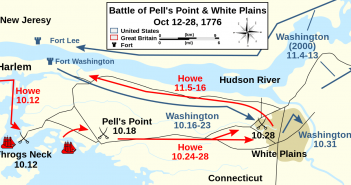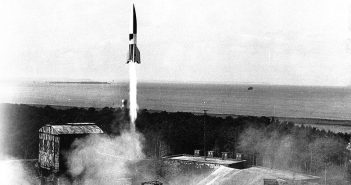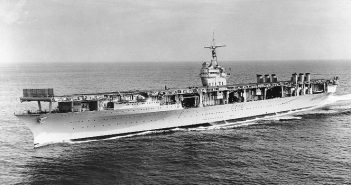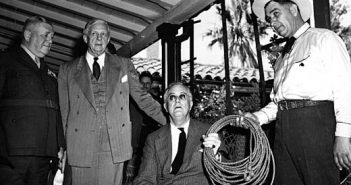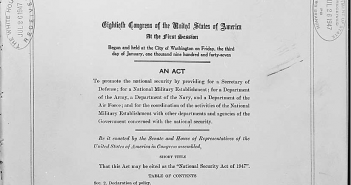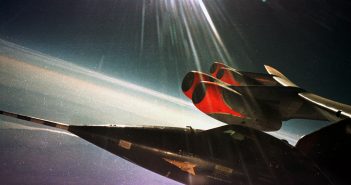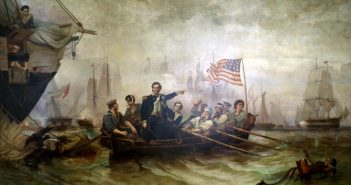This portion of our site is dedicated to the people and technology that have shaped military and aerospace history. Posts will be as simple as historic picture of the day to in-depth interviews. If you have an interesting story you’d like to share, please let us know.

First Subs and Tender Arrive at US Naval Base New London
On Oct. 18, 1915, the US Navy submarines G-1, G-2, G-4 and the tender USS Ozark arrive at Naval Base New London on the Thames River in Groton, Conn., followed by the boats E-1, D-1 and D-3 and the tender USS Tonopah. The growing force was joined on Nov. 1 by the tender USS Fulton (AS-1), the first ship built to support submarines.
Cdr. Yates Stirling, Jr., became the commander of the new submarine base — the first submarine base in the Navy — as well as New London Submarine Flotilla, and the Submarine School.

